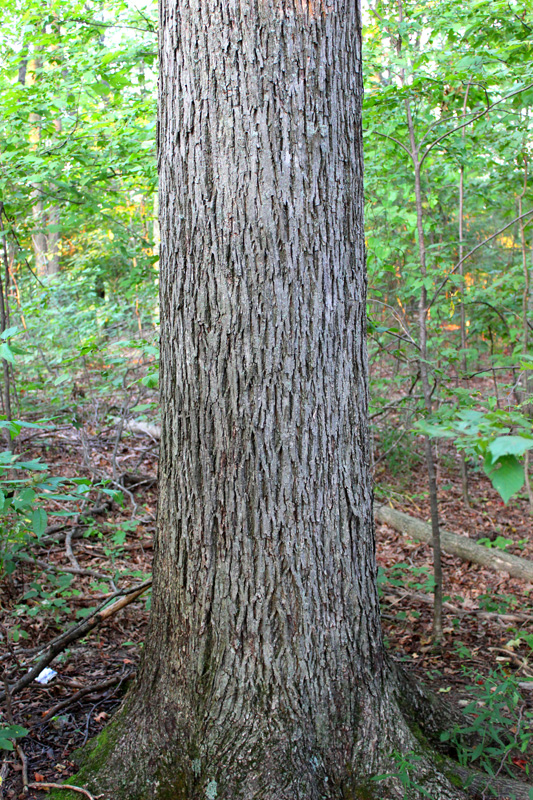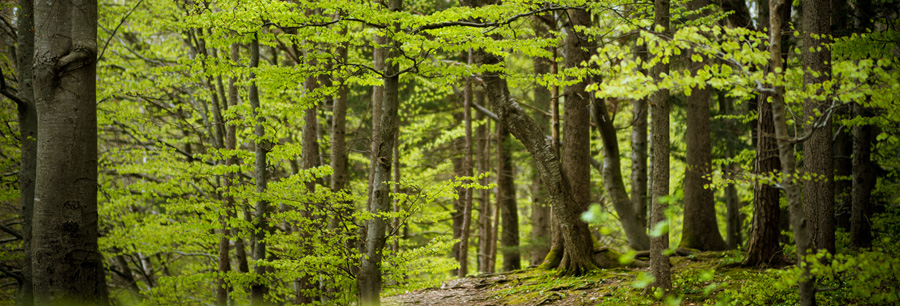 Hickory (Carya)
Hickory (Carya)
is a genus that has ten different species within our area. The species are shagbark, shellbark, pignut, red, mockernut, bitternut, water, sand, black, and the species of pecan (which is often graded into the hickories). To keep things a bit more simple the industry often lumps these two species into tight bark and shagbark hickories. Hickory wood is extremely heavy, strong, and shock-resistant. A traditional use of hickory has been in handles for axes, sledge hammers, and picks. Hickory has become a recent trend in kitchen cabinets and flooring.
Wildlife Value
Hickory nuts are one of the more preferred foods for squirrels. Even before the fruit is ripe fox and gray squirrels will gnaw through the husk and shell to get to the tasty kernel. Wild turkeys, chipmunks, and flying squirrels are a few other species to take delight in hickory nuts. Shagbark hickory is also known to provide habitat to bats and tree frogs underneath their bark.
Commercial Value
The visual characteristics of hickory are extremely variable. Botanically, there are two groups
of hickory species, one of which contains pecan. Pecan and the other tight barked hickories tend to be lighter in weight. However, pecan is not separated from the other species in the hardwood lumber grading rules.
Firewood Attributes
28 million BTU’s in a cord of air dried firewood.
Easy to fair to burn.
Not east to split.
Does not smoke heavy.
Throws no/few sparks.
A pleasing mild aroma.

